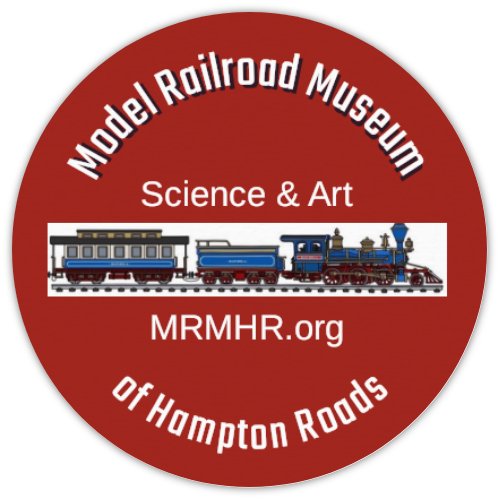Come Together
Get Ready for Family Fun,
Education, and Entertainment!!
| search engine by freefind | advanced | ||
Making Tracks
December 2023
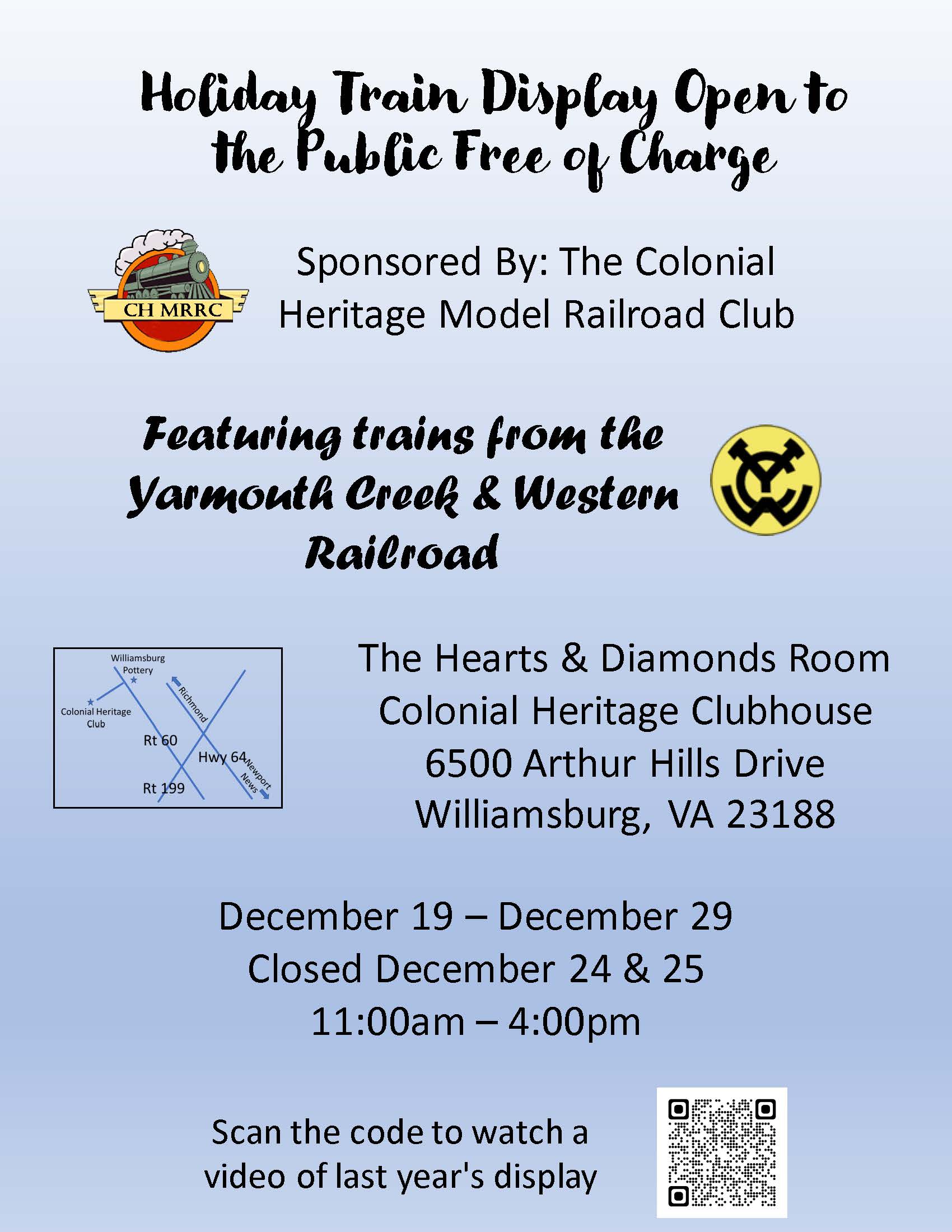
 Coal and Gravel Yard on Greg Warth's Blue Ridge & Southern RR
Coal and Gravel Yard on Greg Warth's Blue Ridge & Southern RRPart 5: The Birth of Virginia Beach
By Warren Leister, Historian
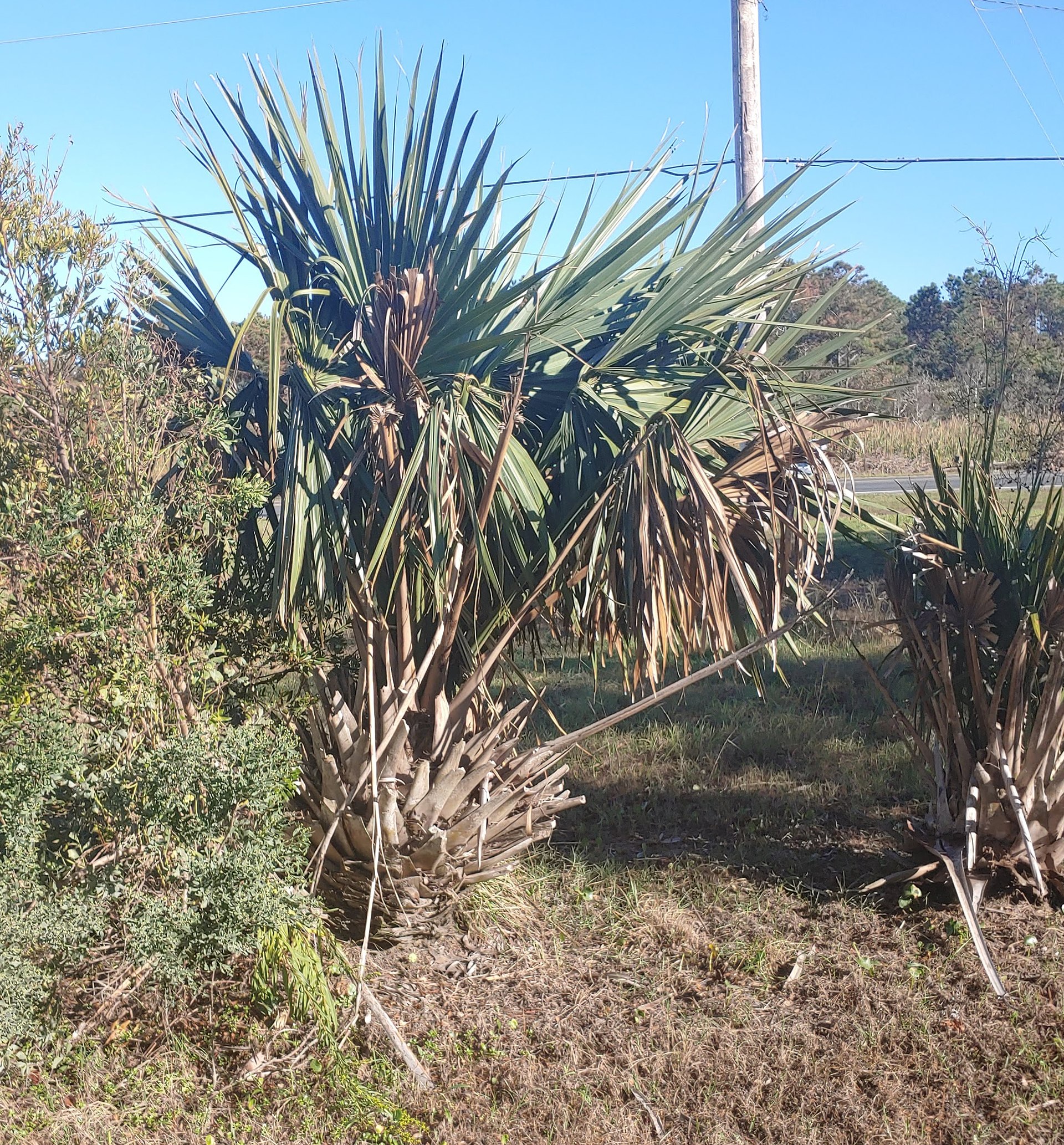 Monkey Island
Monkey Island“The ocean view of which we were speaking, lying opposite Gallop’s in Currituck Sound, {There was a Gallop family plantation at Martins Point just north of the Wright Memorial Bridge on the eastern side of Currituck Sound near Southern Shores, there is an old legend, a historically unproven story, that either pre Civil War or shortly after the war broke out Willis or his son Hodges Gallop was in Baltimore harbor as Captain of a schooner when a large fire broke out along the waterfront and many business owners gathered their strong boxes together and placed them aboard the Gallop schooner conveniently tied up at a pier nearby to protect them from the fire, after which Captain Gallop chose to move his boat to protect it from the fire by exiting the harbor and then chose to keep on sailing never to return. After exiting the Chesapeake Bay at Virginia Beach he decided to head south to put in at the first significant inlet he could to avoid being apprehended which was called Caffey's inlet, which doesn’t exist today, and after entering Currituck Sound went up Martin's Point creek dumping the safes in the creek and then eventually reclaiming them later in one version of the story and not recovering them in another either way he settled there permanently and bought a large plot of land to farm} is a splendid locality for a watering place, being unsurpassed for its surf bathing ---the strip of wooded land in the rear being in admirable contrast with the sandy waste immediately on the coast. Late in the evening, we returned to our little steamer highly delighted with the prospect we had beheld. Early in the morning Monday, we again visited the shore and from the top of a prominent sand hill we had yet another view of the ocean and a large portion of the main land. Afterward, we returned on board {the steamer} and got underway. At nine o’clock we passed Powell’s Point, the Southern extremity as we have mentioned, of Currituck county, Kittyhawk Bay being to our left, a little to the Southward and Eastward, and Collington’s Island, Croatan Light, Roanoke Island, and Nag’s Head, being the other prominent points of interest---the weather was delightful with a fine breeze from the southward, with the sun partially obscured. The Kill Devil Hills were in sight upon the coast---and the wreck of the schooner Granary, lost in the a fog on the flats, just previous to the memorable fall of Roanoke Island.” {presumably this refers to the fall of Roanoke Island to Union Forces during the Civil War}
“On Collington’s Island is a growth of what is called the short palmetto {aka Sabal Minor is a shorter and heartier variant of the larger Sabor Palmetto palm tree which is depicted on the South Carolina state flag, the Sabal Minor is native to the North Carolina coast and it’s range reaches as far north as Monkey Island in Currituck Sound, North Carolina just three and a half miles south of Knotts Island part of which is in Virginia Beach}, admirably suited to wharf building purposes; and a heavy growth of cypress. We anchored off Roanoke Island and fished. In a very brief space a considerable quantity of fine spots, trout, and croakers were caught; and from two fishermen who had just ‘cast their nets for a draught {a British English term aka draft in American English indicates nets that at least in part have weights and sink to the bottom of the water and then are pulled out with fish in them},’ we procured an ample supply of the same, including also mackerel, sunfish, and rock. A week or more could be passed most pleasantly in this vicinity by the lovers of the pastime of old Isaac Walton {best known as the author of ‘The Compleat Angler’ first published in 1653 and is a celebration of the art and spirit of fishing in prose and verse}. The fish are abundant, they bite rapidly on the fishing grounds and the sport is fine. After having partaken of our fish dinner, we became comfortable with rum punch, rich and amber colored, and the lighter St. Julien {presumably a fine French wine}, we got underway and steamed to the famous Nag’s Head {the origin of this place name isn’t definitively know but there are three theories, resemblance to a coastal place with similar sandy headlands in England named Nag’s Head, a pirate ruse of parading horses up and down the beach with lanterns tied to them bobbing up and down like watercraft in order to attract unwary ships to beach themselves for plundering, and a local story of a dead horse caught in a large live oak tree whose body eventually dissolved away leaving only the remains of the head}, the celebrated watering place of the ‘good old North State.’ {another popular term in this time frame for the state of North Carolina} The improvements here are of a temporary character, having been recently put up, since the burning of the former building by Burnside. {refers to Major General Burnside in charge of Union forces in North Carolina who set fire to the building as they conducted what is called the Burnside Expedition that defeated Confederate forces in Northeast North Carolina in 1862} The surf bathing is excellent, but the distance from the hotel or sound side to the ocean is through half a mile or more of sand, which is an inconvenience formerly remedied by a railroad which does not now exist. {Previously in 1851, the hotel in Nags Head was enlarged, and a half-mile of mule-drawn railway was laid to make the journey to the sea less wearisome. This railway provided a convenient way for hotel guests to reach the beach. However, in 1862, the Nags Head Hotel was burned by retreating Confederates during the Burnside Expedition so in 1866 when this trip took place it still wasn’t functional. It was later rebuilt in the late 1870s, and the popularity of the resort grew as transportation to it became more convenient} The present proprietor will no doubt perfect his improvements {but as mentioned above not until the 1870’s for the railroad} and provide the requisite transportation for his guests, of whom there are now at this watering place about one hundred. There was the usual music and dancing at night, and the rich Southern beauty of the State for which she is justly celebrated, was well represented. A lady from Elizabeth City, and one from the rich region watered by the Roanoke, seemed to be the representative beauties. The latter was attractive, not only for her beauty and commanding mien, but for the magnificence and richness of her dress, which elicited the admiration of one of our party who is a connoisseur and a man of acknowledged authority in such matters.”
“But the gay scene {in this period usage having or demonstrating a merry, lively, showy, or bright mood, not referring to modern gender bias} in the saloon at Nag’s Head, no matter how attractive, ‘had to be left.’ Though the departure was full of regrets, yet the tearing away ‘had to be done.’ and we accordingly returned to the little Clinton {the steamer}, and, at two o’clock a. m.,on Tuesday, loosed our fastenings, crossed a portion of Albemarle Sound and entered North River on our route homeward.”
“This is a much more important stream in size than we had conceived, and varied our trip; it being borne in mind that this route homeward was parallel with that by way of Currituck Sound, which we took leaving Norfolk.”
“The weather was rainy and disagreeable---and whilst rum punch and social conversation formed the order of the day---we passed through the North Carolina portion of the {A&C} Canal, connecting the waters of North River with those of Coinjock Bay and Currituck Sound, and re-entered the North Landing river, which the Canal in Virginia connects with our southern branch of the Elizabeth.”
“There is a vast extent of grazing land on the margin of North Landing river, which is lying unemployed ---and, perhaps, equal to the Western prairies, and superior in facilities of transportation to market---and the lands held by the company on the banks of it’s canal are as their growth indicates, of a most prolific character. These lands will be brought into market after a while, and sold in small farms, whose produce can be placed on board the steamers and transported to market.”
“Immigration will be stimulated, the lands immediately on the line of the canal will become more densely populated, wealth will be produced, and the entire face of the country changed by evidence of industry and prosperity. The canal is destined, eventually, to work a change which may require time, but it will surely be realized.” {and realized it is today as portions of the cities of Chesapeake and Virginia Beach}
“We passed a tract of land on the North Landing river, which a few years ago could have been bought for $4,000, but which has since passed into several hands at sums aggregating about $30,000. We were pleased to observe in operation, the saw mills of Messrs. Baird & Roper and Ricks, Hill & Co., of this city, which are at North Landing, or near that point.”
“The music of their mills, we regarded as an evidence of the importance of manufactures in our midst. And while so hopeful of the realization of our impressions, we regretted to pass a tug with a barge bound to South Mills from Norfolk, which we regarded as a melancholy commentary on the present condition of the Dismal Swamp Canal, which we desire to see in operation and prospering --- a steamer from Norfolk to South Mills via the A&C Canal, North River, Albemarle Sound, and the Pasquotank, a route at least four times the distance necessary.”
“At 6 o’clock p.m., we reached ‘our common harbor,’ {at Norfolk} and reluctantly separated from our agreeable companions and friends with whom we had spent the past three days in social, rational, and beneficial enjoyment, appreciated by all, and which all, we hope, may live over again, one of these days. To President Parks we present our acknowledgments for his kindness and courtesy during the voyage --- and congratulate the Old North State upon the wisdom and foresight of her Legislature in the liberal subscription to a work which is of such incalculable importance to her people in the region of the country watered by the Sounds and the rivers emptying into them. The present condition of the Dismal Swamp Canal {the current and all too frequent condition of yet another drought and it being again inoperable} demonstrates the wisdom evinced in the subscription to the Albemarle and Chesapeake Canal.”
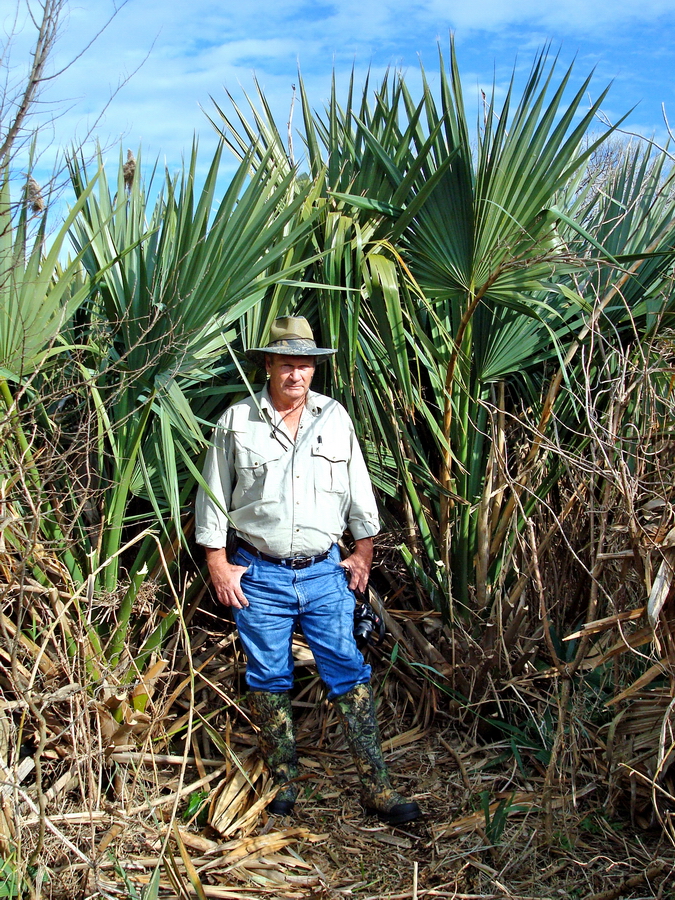 Gary Hollar on Monkey Island
Gary Hollar on Monkey IslandMuseum Overview
We hope you are enjoying reading about the history of Virginia Beach. This history from the 1800s leads up to our rich railroad history which was in fact started by Marshall Parks, one of our most prominent unsung leaders of our area. In fact I had never heard of Marshall Parks before our historian researched the early days of this area before it became Virginia Beach and discovered he was the original founder and developer, and was the first to bring railroads to the coast. We intend to eventually publish this content into a book. Historical education will be an integral part of our Museum. We are learning more about our roots every day. Stay tuned for more information.
We are continuing our efforts to locate a suitable, affordable place to establish the Museum. But we need capital funds to get started. Please consider a tax deductible donation as an investment into the future of our community. We can't do this without your support. Thank you!
 N&W diesel carries a few passenger tourist cars through a small yard in Sandy Valley on the BR&S.
N&W diesel carries a few passenger tourist cars through a small yard in Sandy Valley on the BR&S.
Share this site on your favorite Social Media page!
Recent Articles
-
Making-Tracks-November-2025
Nov 16, 25 02:28 PM
The official newsletter of the Model Railroad Museum of Hampton Roads -
A STEM Educational Center
Nov 09, 25 07:20 PM
Being a STEM Educational Center is a major part of our mission. -
Making Tracks October 2025
Oct 09, 25 11:07 AM
The official newsletter of the Model Railroad Museum of Hampton Roads.
The Birth of Virginia Beach
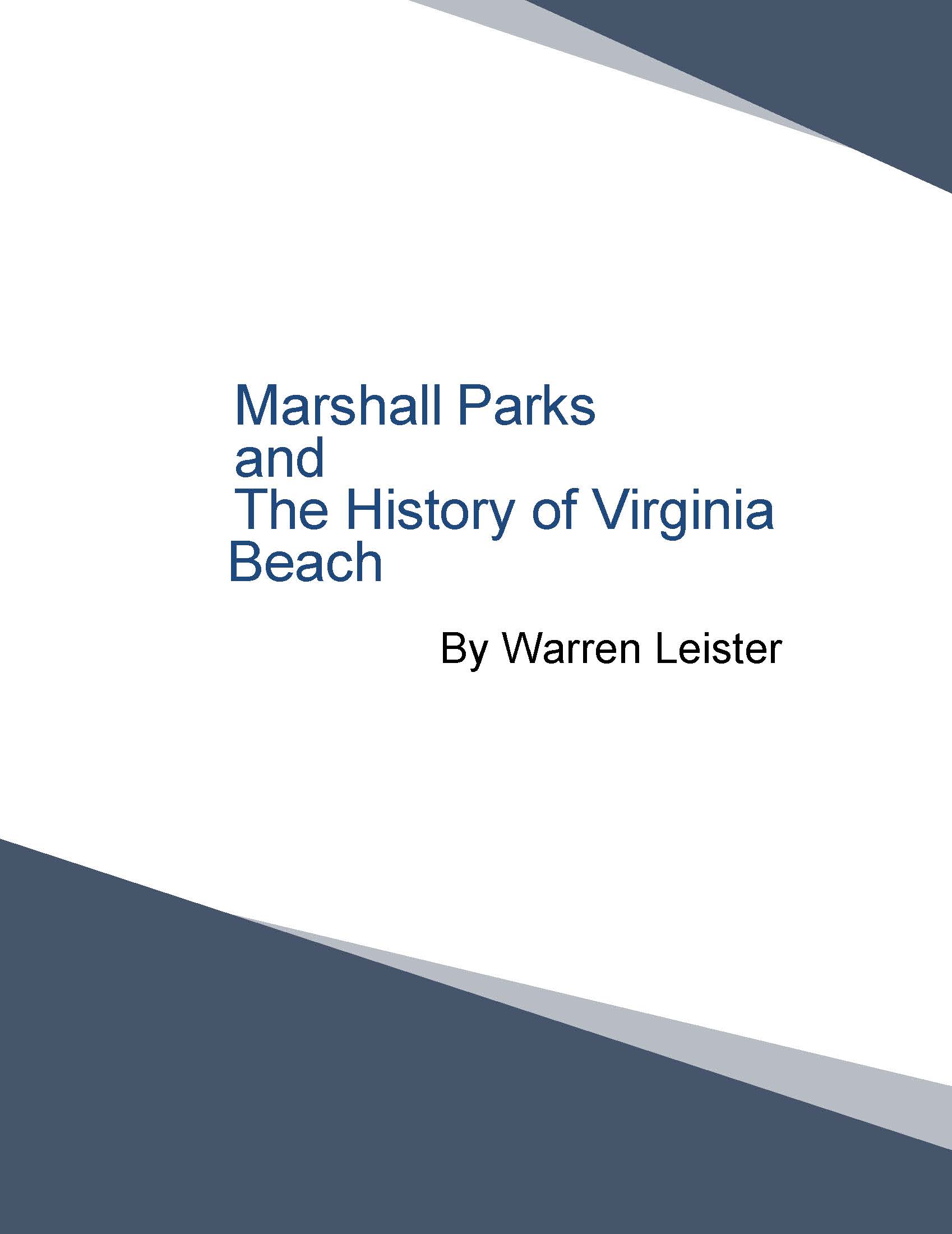
We have created and published a new historical document on the Birth of Virginia Beach. This has been written by our historian Warren Leister after researching the era and the people involved for several years. Excepts have been published here in our newsletter previously, but the information is now available all together in a 99 page document that you can purchase in our store. It factually explores the events, the dedicated people and the interesting culture in which they lived. Pick up your copy today!
The Model Railroad Museum of Hampton Roads is a fantastic community center based on running, operating and even building your own model railroads! There's something for every age here.
Learn about the real history of this area and how important it was in the building of America. Watch how railroads were built, the people involved, where America's roots were formed.
As they build their own railroads, students will be learning about science, electronics, architecture, technology, engineering, mathematics, and the art of 3 dimensional model landscaping. They can earn rewards for completing projects and winning contests.
Try to solve yardmaster problems on a switching layout like getting the lumber from the forest to the furniture store, by way of the saw mill and the lumber yard.
Run your train around blockades and other trains to get to the station on time without speeding or crashing.
Play railroad monopoly using model railroads. Winner is the one who can collect the most cars into his yard within an hour.
There will be programs for autistic and special needs kids, disabled adults and veterans.
School tours. Holiday Shows. Library and video rooms. Even youngsters will have their own wooden models to enjoy. There are classes and hands-on clinics for adults. Learn how to get started in the hobby. Or just enjoy the fun.
Everybody loves trains and this will prove it! Just click on the either the blue DONATE button below to make it happen...
PayPal Giving Fund:
No Credit Card Fees
OR...
Charitable Donations through PayPal, Credit or Debit cards:
(Opt in or out of paying credit card fees)
Get Updates and Special Offers in
the MRMHR Newsletter:
Making Tracks
Sign Up Here...
The official newsletter for the Model Railroad Museum of Hampton Roads

